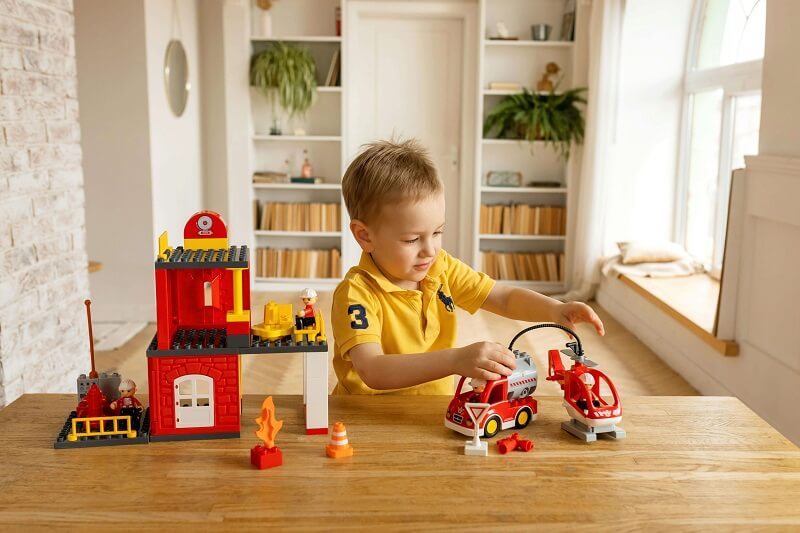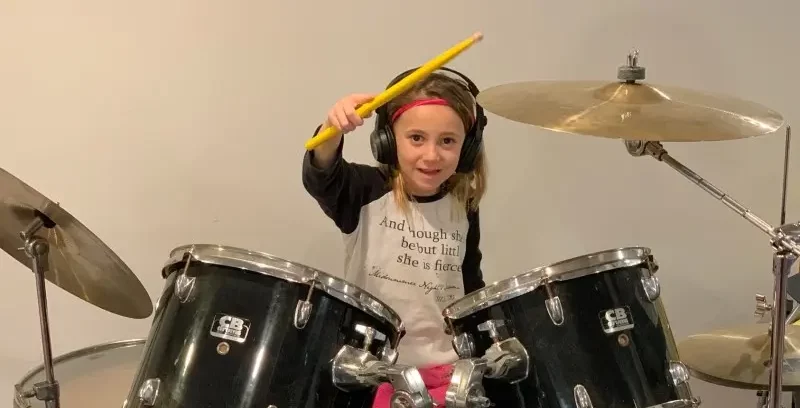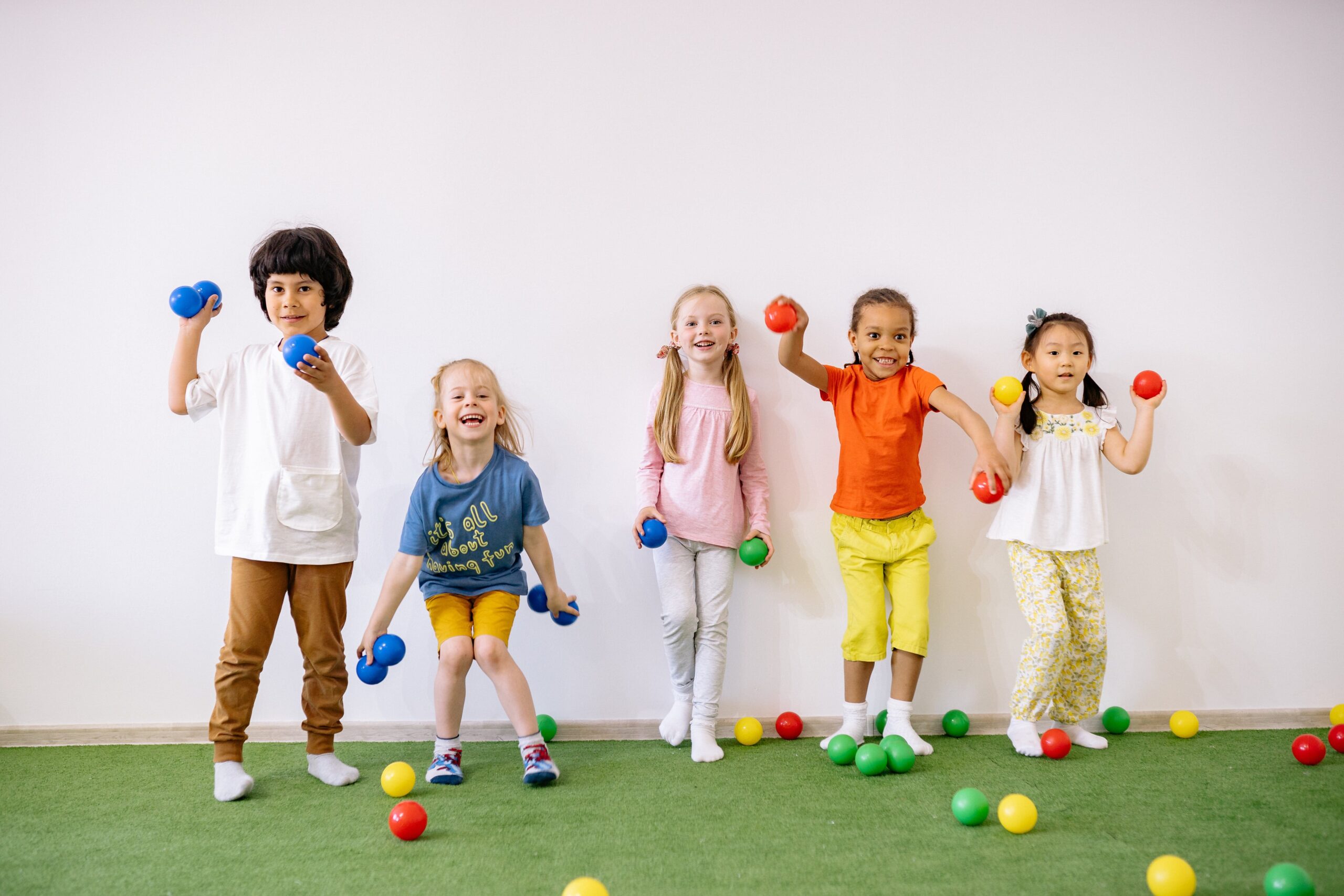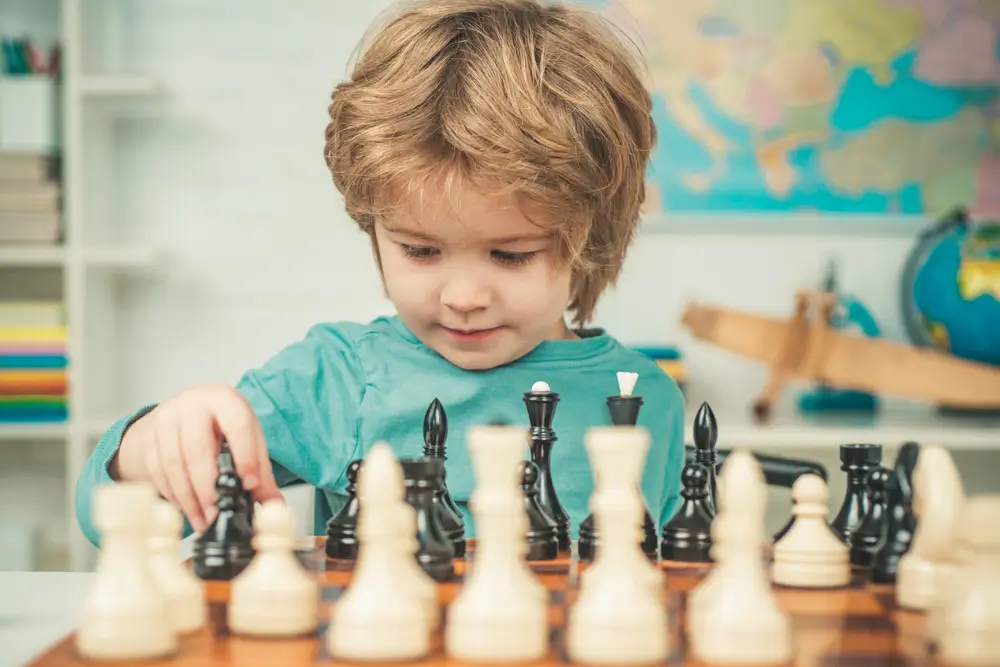Smart toys offer an exciting opportunity for children to blend fun and learning. With advancements in technology, the toy market now provides a diverse range of interactive options. This guide aims to simplify the process of selecting suitable smart toys by providing recommendations across various age groups. The goal is to make toy shopping enjoyable while selecting options that foster growth. Let’s explore the world of smart toys to find the perfect fit for your child’s needs.
Types of Smart Toys for Babies
- Mirror for Babies
Babies love looking at themselves in the mirror and slowly learn that they’re seeing their reflection, which helps them understand more about themselves.
- Ring Stack for Babies
Small babies enjoy playing with this classic toy, in which they stack rings on a pole. This helps them improve their hand-eye coordination.
- Nursery Mobile for Babies
Babies like having colourful things to look at above their cribs. These hanging objects help them see better and pay attention longer, which allows their brains to grow and learn.
- Push-Pull Toys for Babies
Toys that babies can push or pull across the floor help them learn to keep their balance and build up their muscles. This is important because it allows them to get better at crawling, walking, and having fun!
Types of Smart Toys for Toddlers
- Balls for Toddlers
Young children coordinate their eyes and hands when catching and throwing balls. Engaging in this play develops key physical capabilities in youths.
- Shape-Sorting Toys for Toddlers
Simple toys that resemble puzzles encourage youngsters to exercise their cognitive abilities.
Types of Smart Toys for Preschoolers
- Arts and Crafts for Preschoolers
Creating art engages both creative thinking and manual dexterity. While drawing, cutting shapes, and arranging compositions might seem like mere enjoyment, these activities refine hand-eye coordination.
- Puzzles for Preschoolers
Putting together puzzles isn’t just a game. It’s also a way to improve one’s understanding of where things go and thinking logically.
Types of Smart Toys for Older Kids
- Board and Card Games for Older Kids
Simple activities like cards and board games offer valuable lessons. They cultivate strategic thinking and respect for turn-taking.
- Musical Instruments for Older Kids
Music practice aids auditory skills and boosts coordination. Playing an instrument, be it piano keys, violin strings, or guitar chords, enhances your listening abilities and also improves your finger movement.
- Science Toys for Older Kids
Toys like chemistry sets, binoculars, or telescopes make you curious and help you think more carefully about things. They encourage you to explore and find new things.
The Upsides of Smart Toys
Educational toys develop problem-solving, imaginative thinking, and social abilities. Many interactive toys teach scientific, technological, engineering, and mathematical concepts. Children learn important skills through play. Beyond academics, these toys can identify developmental delays. Certain toys recognise potential issues with motor skills in young children. Early detection allows timely interventions to address difficulties, promoting healthy childhood development.
The Downsides of Smart Toys
Toys with intelligent capabilities can create challenges regarding privacy. One major concern relates to data collection. Some smart toys gather extensive information about children, including their voices and personal details. This data could potentially be misused or accessed through hacking, putting children at risk. Moreover, surveillance is an issue. Certain intelligent toys have cameras and microphones that can record children’s activities and conversations. This raises questions about who can access this data and how it is being used.
The Bottom Line
Smart toys offer a range of educational and entertaining options for children. Programmable robots and voice-activated learning devices are widely available for various age groups. These innovative playthings help develop important skills. They also keep kids engaged through interactive play, which could spark lifelong interests. However, it’s crucial to research and consider each child’s unique needs before selecting a smart toy. This careful way of thinking helps kids find the best high-tech toy that matches what they like to do and what they’re good at. Smart toys have changed a lot over time, offering lots of different choices. The hardest part might be picking just one because there are so many good ones to choose from!
 0
0
 Share
Share


















Comments
No comments found.